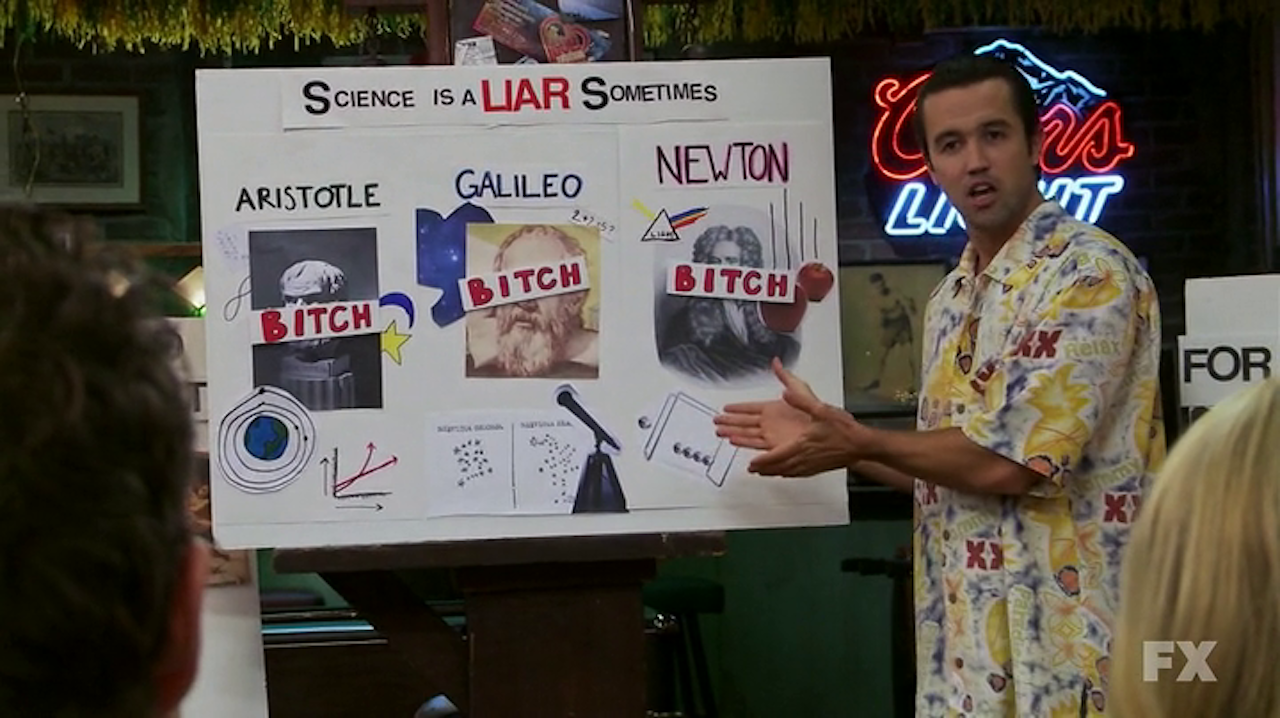
I’ve been struggling to find an example of a branch of science that hasn’t been used for evil.
There are plenty of obvious examples of morally-compromised science which a lot of people know about: eugenics; Nazi rocket scientists getting humans to the moon; Alfred Nobel creating his eponymous prize to make up for inventing dynamite. The issue is less individual examples, though, and more that the entire basis of empirical investigation of the natural world is morally compromised. I’d be minding my own business reading about the Dust Bowl and find, wow, OK, so even soil conservation augmented white supremacy? (More on that below.) But then, science is never divorced from larger societal forces; there’s no such thing as the pure and noble pursuit of knowledge.
You can kind of turn it into a game. Sit on Wikipedia, look at the official histories, and figure out when someone (or some merchant guild, or some king, or some government) “pioneered the first example of [x].” Nothing either directly or indirectly malicious hidden from the narrative? Congratulations, you win! (It’s unlikely you will win.)
A few examples:
Metrology
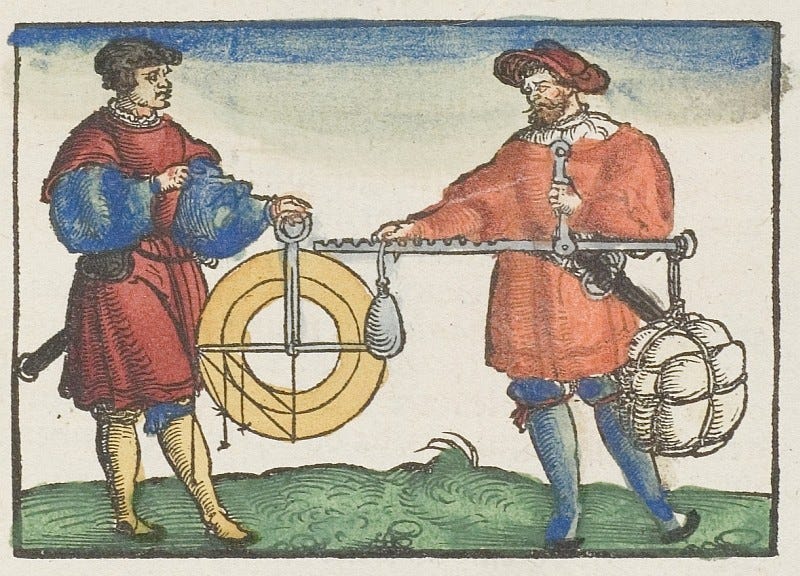
Plenty of rulers throughout history tried to enforce standardized units of measurement across their domains. While “traditional” units of measurement tended to prioritize flexibility over uniformity–mental arithmetic that would be easy for the uneducated–they also enabled abuses of power.
Peasants would pay taxes to their local lord according to simple formulae, like “seven bushels of wheat for every field harvested.” These agreements were often ancient, baked into the feudal social contract, and couldn’t be changed without inspiring unrest. Instead, a lord might define a “bushel” larger, or the unit used to measure a “field” might be defined smaller. This also made it easy for mid-ranking nobles to withhold the taxes they owed to their top-ranked kings. Those kings, urged on by their learned advisors and natural philosophers, often saw unit standardization as the solution.
Still, it took the Napoleonic conquest of most of continental Europe for a single, standardized system to stick (and then Europe exported the system to the rest of the world by force). But while moving away from traditional units helped to reduce the power of feudal nobility, it also acted to transfer power upwards. As Sam Kean at the Atlantic explains:
[S]tandard units gave [monarchs] a way to collect more taxes and thereby bolster their strength. With more accurate and stable land measures, they could also produce better maps of the kingdom. This allowed them to surveil their subjects more effectively and snatch up all unclaimed territories for the crown. In the short term, then, the natural philosophers’ brilliant new units probably helped concentrate power in the hands of kings and despots.
Land surveying
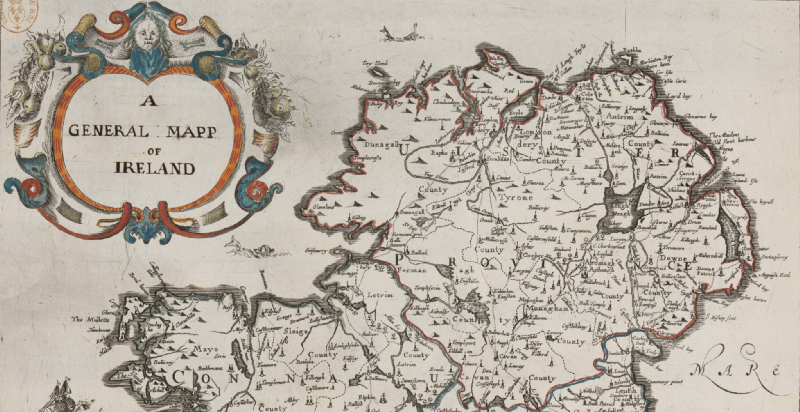
The first significantly accurate national-scale land survey was conducted in Ireland between 1656 and 1658 by William Petty, surgeon-general of the English army. Petty’s surveying methods were both simpler (non-expert, illiterate soldiers could do it) and faster (his team covered all of Ireland in 13 months) than previous methods.
The resulting “Down Survey“–as in, measurements “set down in maps”–was designed to facilitate colonization. As the Down Survey of Ireland Project (which has digitized the whole thing) explains:
Ireland in the 1650s lay in ruins. Twelve years of calamitous warfare had destroyed the country’s infrastructure and resulted in the death of over 20 percent of the Irish population. The armies of the English Commonwealth, commanded by Oliver Cromwell, emerged victorious and immediately undertook an ambitious project of social engineering, underpinned by a massive transfer in landownership from Irish Catholics to English Protestants.
The consequences of this kind of mass transfer of land are still with us to this day, in Ireland and in any part of the world impacted by European colonialism. Petty’s survey was celebrated as a pioneering achievement in cartography and geography. He was acclaimed by the Royal Society (of which he was one of the founders), and sales of copies of his map made him rich. He had a long and storied career in economics and philosophy, and is considered a pioneer of modern statistical analysis. He also, by the time of his death, owned tens of thousands of acres of Irish land.
Forest management
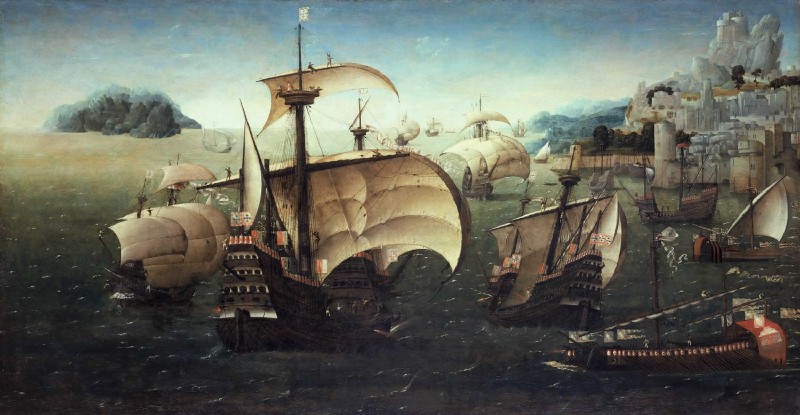
Since wood has been a primary building material and fuel from prehistory through to the Industrial Revolution, plenty of sedentary civilizations have practiced crude forms of forest management. The first such scheme designed to do something other than provide fuel or building materials–or preserve prime hunting grounds–appears to have been the planting of the Pinhal de Leiria, a large pine forest along the coast north of Lisbon, Portugal.
It was ordered to be planted in 1310 by the king, Diniz, as a way of holding back the encroaching sand dunes near one of his favorite residences. Diniz, a patron of the arts and sciences, spent much of his reign reforming the Portuguese state, including founding the country’s first university in 1290. This had the knock-on effect of producing a new educated class, which would, over the following generations, replace the hereditary nobility in positions of government.
This laid the groundwork for the Portuguese administrative state which could, from the 15th century onwards, fund and direct voyages across the Atlantic and to the Indian and Pacific oceans. These were the voyages that marked the beginning of European colonization, and the Portuguese ships that made those voyages were built from Leirian pine. A trans-European network of seed merchants also emerged from the mid-1400s onwards, as replanting and managing forests became central to economic and naval success across the continent.
Soil conservation
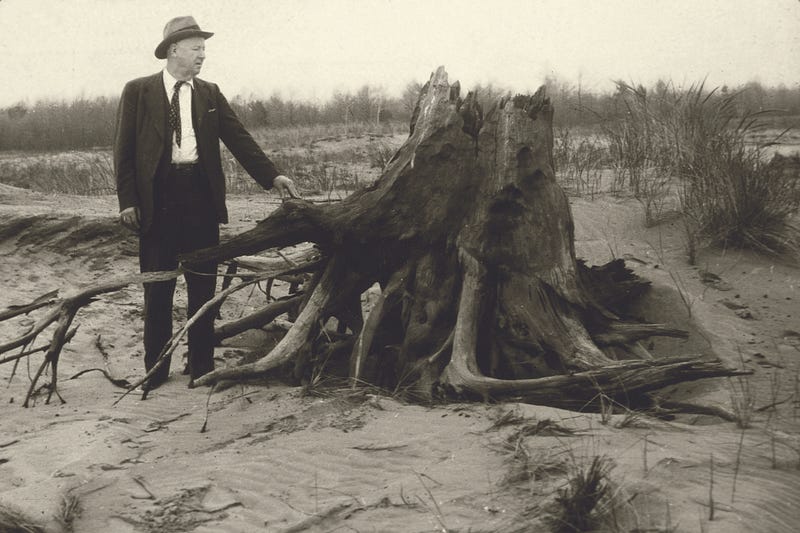
The USDA considers Hugh Bennett to be “the father of soil conservation.” A chemist by training, from 1905 onwards he studied U.S. farmland for the Department of Agriculture, to figure out why crop yields kept falling. He quickly realized that intensive farming practices were killing the soil, and, after many years of campaigning and public speaking, he was eventually put in charge of a pilot scheme in 1933 to investigate alternative methods of farming.
Bennett was given $5 million to buy farms and set up test sites around the U.S., but he didn’t have the time or budget to negotiate with dozens of smallholder farmers over land purchases. It was much easier to go to the large Navajo Nation, where overgrazing by cows and sheep was reducing the land to desert. By Bennett and his team’s calculation, they needed to cut their herds by 500,000, immediately, to stop making the problem worse, as well as introduce completely new soil management techniques. The federal government would mass purchase the herds and ship them to slaughterhouses.
There were significant problems with this idea. Not only were animal products one of the Nation’s few exports, the animals occupied important social and spiritual roles in Navajo culture. The plan successfully conserved the soil, but economically broke the Nation for years, and also led to breakdown in what little trust there was between the Navajo and both the Tribal Council (for endorsing the idea) and the federal government (for proposing it). Many Navajo claimed that they were never compensated for having their animals taken from them, too.
Bennett successfully used his test sites to establish modern soil conservation practices in the U.S., and undo much of the damage of the Dust Bowl. However, when his models of soil conservation were then exported to the rest of the world, the same power dynamic–western experts enforcing land use changes, that cause significant social harm, on indigenous peoples–was also replicated.

How We Get To Next was a magazine that explored the future of science, technology, and culture from 2014 to 2019. This article is part of our Histories of”¦ section, which looks at stories of innovation from the past. Click the logo to read more.

